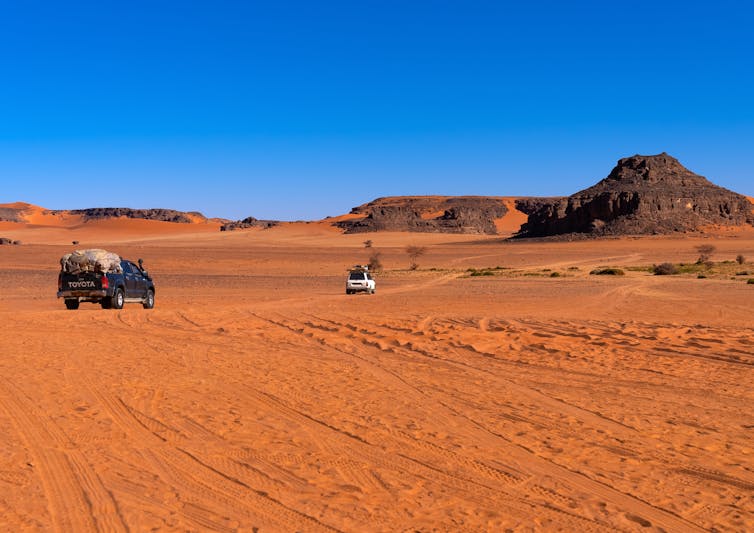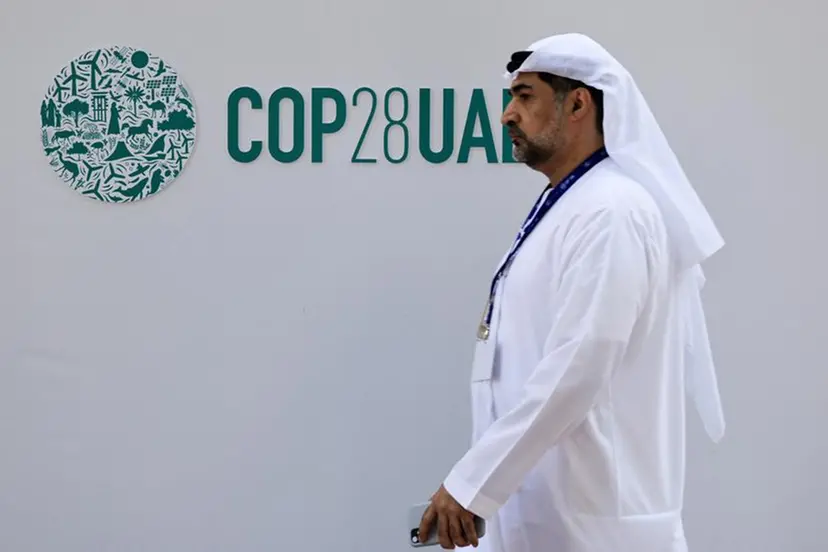By Alok Sharma
Humanity cannot pass up the golden opportunity of a green, inclusive, and resilient recovery
It has been more than a year since a minister of a small island nation told me that, because of rising sea levels and without action on climate change, “I will have nowhere to call home.”
These words have stayed with me. Not just because they highlight a gross injustice–that those who have done the least to cause climate change are suffering its worst effects, but because they also lay bare the very desperate need for more progress on finance.
The world needs to redirect the sums flowing through the global economy toward climate action: to secure the trillions of dollars required to protect people and nature, through adaptation, and drive down emissions to limit global heating to 1.5C.
And the need to act with urgency has never been clearer. The latest assessment from the Intergovernmental Panel on Climate Change sounded the alarm that the planet is heating up even faster than previously thought.
If the world fails to move forward before we bring almost 200 countries together in Glasgow, our chances of securing an outcome at the UN Climate Change Conference (COP26) that delivers for both people and the planet will be drastically diminished. Finance is the critical piece of the climate action toolkit on which everything else rests.
Developed economies’ mobilization of the $100 billion they have promised developing economies to address the climate crisis is therefore paramount. We need new commitments—for example, at the UN General Assembly later this month—to send a clear signal at the last major multilateral moment before countries meet in Glasgow. This support has been promised again and again, and promises made must be promises kept.
Global leadership
But if we are to act at the scale and speed required, the international economic and financial system also must set the stage for more funds to flow. It must make tackling climate change more viable, and it must show leadership.
That’s why I support the IMF’s $650 billion allocation of special drawing rights (SDRs). This move will help generate crucial liquidity and give countries the breathing space to invest in tackling climate change.
We now have a real opportunity through voluntary SDR channeling to further free up resources for those in need. I therefore urge the IMF to continue to explore options for larger economies to channel a significant proportion of their new SDRs to support green, inclusive, and resilient recovery in developing and climate-vulnerable economies. SDRs must be channeled as ambitiously as possible, and I call on countries to build on the collective aim put forward by the Group of Seven (G7) and lay out their commitments toward meeting this ambition. All options under development should be consistent with a sustainable and resilient recovery and avoid entrenching carbon-intensive growth. Progress at the World Bank and IMF Annual Meetings in October would provide a welcome boost ahead of COP26.
Under Kristalina Georgieva’s international leadership, the IMF has shown progress on climate: integrating climate risks into global economic surveillance; raising awareness of the links between climate change and the macroeconomy; and emphasizing the importance of investment in green and climate-resilient recoveries, as well as financial support and debt service relief to low-income countries in crisis.
Multilateral development banks should also lead the way. I am pleased that several, including the World Bank and the European Bank for Reconstruction and Development, have published plans and a date by which they will align their activities with the Paris Agreement. All multilateral development banks that haven’t yet done so should quickly follow suit to send a strong signal of their commitment to rapidly increasing investment in climate action, unlocking additional financing, and empowering emerging market and developing economies to build and implement ambitious national climate plans.
The latest Joint Report on Multilateral Development Banks’ Climate Finance shows a total dip in these banks’ climate finance to low- and middle-income countries in 2020 as the banks justifiably responded to the pandemic. This assistance must bounce back, and banks must set out ambitious trajectories for their own climate finance and the finance they mobilize from the private sector. I am calling on each of the major multilateral development banks to launch an action plan on private climate finance mobilization in time for COP26.
Public and private cooperation
We must also capitalize on global opportunities by encouraging the public and private finance sectors to work together for more private finance in emerging market and developing economies. The International Climate Finance commitment from the United Kingdom mobilized £2.2 billion in private funds for climate action in developing economies between 2011 and 2020. Our partnership with Macquarie in South Africa has delivered more than 254 megawatts of clean energy, helping avoid approximately 844,000 tons of greenhouse gas emissions a year. That’s equivalent to taking 182,000 cars off the road, all while creating about 400 green jobs.
This all requires significant investment, but it is investment that will pay dividends, both in economic and environmental terms, by safeguarding against further damage and building a greener, more prosperous and resilient future.
Under the current trajectory, climate change could erase 11–14 percent of global GDP by 2050, and a recent report found that the 215 biggest companies in the world have valued their climate risks at about $1 trillion.
Yet those same companies have the potential to gain double that amount from a move to green economies. And according to the independent think tank Carbon Tracker, by 2030 it could be cheaper to build renewables than run existing coal plants in all major markets. These renewables can help link many communities to a power source for the first time, spurring development.
This is why the UK COP26 and G7 presidencies have prioritized the flow of finance to climate action, both public and private, and the integration of climate change into all financial and economic decision-making.
Stepping up action
And we are seeing progress. At the ministerial meeting I convened in July, Germany and Canada agreed to take forward work on setting out a delivery plan on the $100 billion a year by 2025. This builds on the G7 Summit in Cornwall, where G7 countries agreed to increase and improve climate finance contributions through to 2025, including more funding for adaptation and nature-based solutions. Canada, Japan, and Germany immediately committed more money toward the $100 billion goal—together amounting to billions of dollars a year.
The UK has already doubled its international climate finance contribution, to £11.6 billion between 2021 and 2025. The World Bank has increased its climate finance target to 35 percent of total lending. And the Glasgow Financial Alliance for Net Zero has seen more than 250 financial institutions responsible for $88 trillion in assets commit to net zero emissions by 2050 at the latest.
But we need to see more of this. By COP26, there must be a clear pathway to mobilizing the trillions needed to support countries and communities on the front line of the climate crisis and keep the critical 1.5C goal in sight.
Governments, multinational development banks, and private finance must collaborate to scale up blended finance initiatives and technical assistance, improve the conditions for investment within countries, and build pipelines of high-quality, bankable green projects.
We all have a part to play, and humanity cannot afford to let the golden opportunity of a green, inclusive, and resilient recovery pass by. When I next meet the minister, who feared for the future of their island home, my hope is that I can look them in the eye and say the world chose to put its money where it matters.
So let’s get to work.
Alok Sharma is president-designate of the 26th United Nations Climate Change Conference, COP26.





















